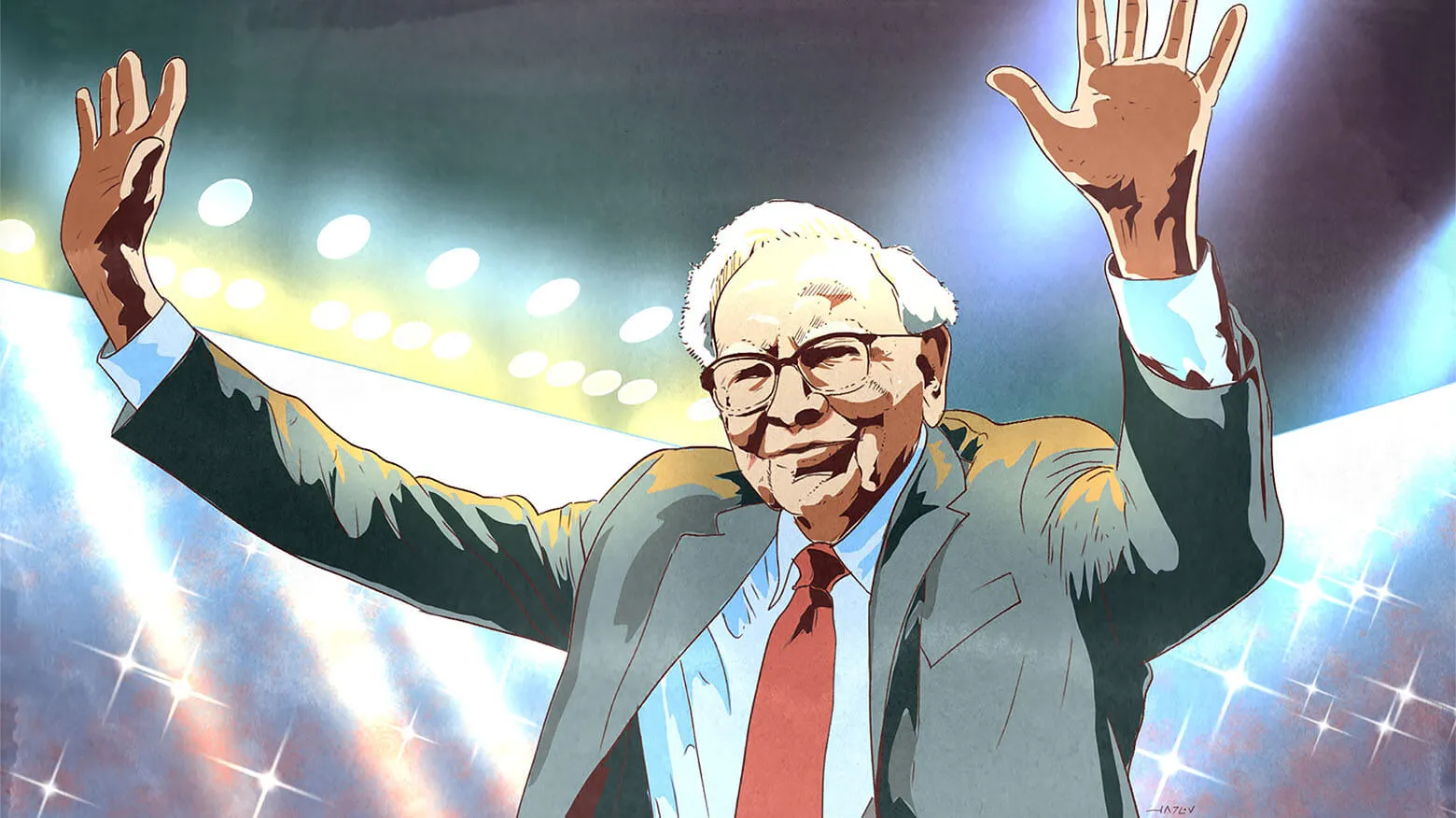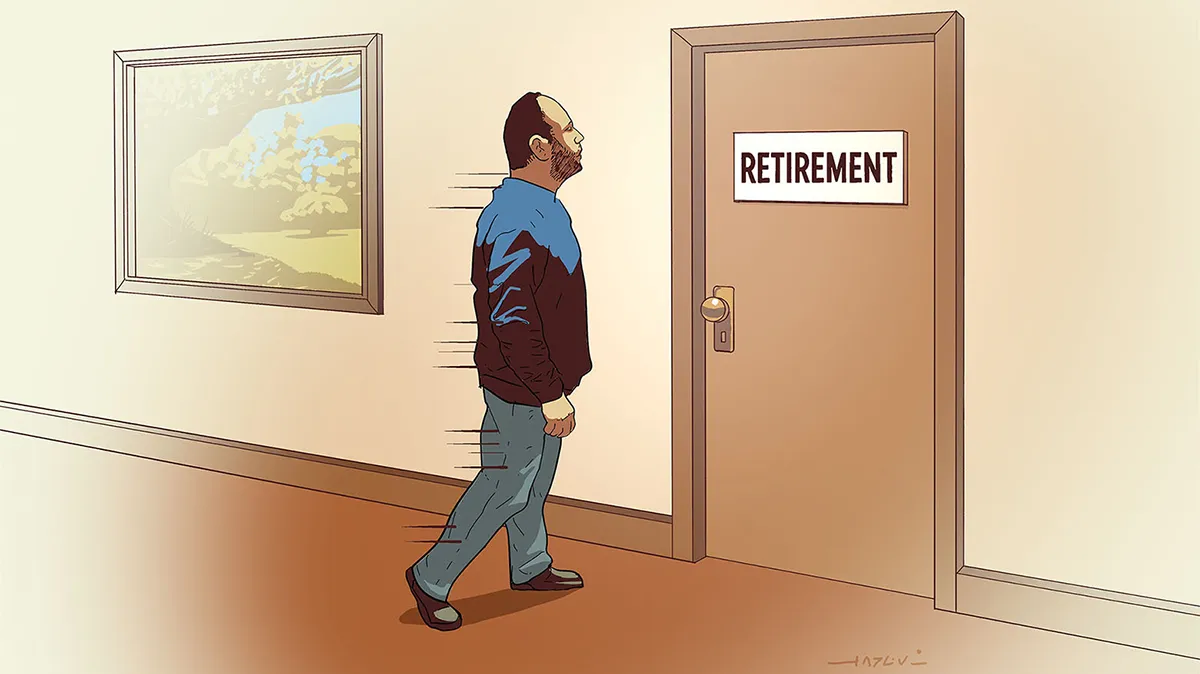I know very little about baseball. Football (a sport that is insulted in this country as soccer), hockey and chess (a spectator sport in Russia) are the national sports in Russia. This is a true story: about thirteen years ago I went to my first baseball game. I was patiently waiting for the game to start for a long time, doing the baseball thing – eating hotdogs and looking at the field. After awhile, admittedly bored, I asked a fellow spectator when the game would start. He informed me that it started fifty minutes ago.
As you can see I’ll not make the MIM3 (Minyans in the Mountains conference) softball team. Also, I cannot relate to baseball analogies very well. However, I can relate to the comment John Succo (fellow contributor) made yesterday about waiting for your pitch and controlling emotions while trading (and investing).
Investors often don’t make a distinction between a good company and a good stock – a very important and often an emotional error. It is perhaps one of the biggest fallacies in investing.
It is very easy to identify a great company: it has great brands, a bullet proof balance sheet, often great margins (true for consumer but not the case for retail stocks), high return on capital – the usual suspects. However, EVERYBODY recognizes those qualities and thus turning these companies into “religion stocks” – you-cannot-go-wrong-owning-this-company type of stocks and thus pushing their valuations to ridiculous levels.
The sad reality is: Yes, you can go wrong owning these kind of stocks. Pull up a ten year chart for almost any super large cap stock (it doesn’t have to be a technology stock). I’ll throw in some names: WalMart (WMT), First Data Corp (FDC), Microsoft (MSFT) (ok it is a technology one), Cintas (CTAS), Coca-Cola (KO), Colgate-Palmolive (CL), Procter & Gamble (PG), Pfizer (PFE) (is still far below the Viagra high) – I can keep typing… there are plenty of great companies that have not gone anywhere since the late ’90s. Everybody will recognize the aforementioned companies as icons of corporate America, however, their stocks were significantly overpriced in the late ’90s trading at over 30 times earnings (KO was trading at 53 times earnings in 1998).
Most of these companies (probably with exception of KO) have grown earnings in low to mid teens but their stocks still have not gone anywhere. As earnings were growing those very high P/E’s were shrinking and coming come back to earth.
I look at more than a hundred companies every year at various levels of analysis. Often I find a company I’d love to own because of the quality of its business, however, its stock doesn’t meet my valuation criteria. I put that company on my watch list. To be more exact I figure out what P/E (or price to cash flows) I am willing to pay for the stock and once it reaches my valuation target I’ll take a second look. Cintas (CTAS) is a great example, I looked at the company in 1999 – loved the business, but the stock was too expensive. Finally it is approaching my valuation target, though it is not quite there yet, however, once it does I’ll have to take a look if the fundamentals that I liked six years ago are still intact.
I take separating companies and stocks very seriously. In fact my graduate students have to make two conclusions in their analysis: is it a good company and is it a good investment. They are two very different conclusions to make.
I found that creating a watch list allows me to take the emotional element out and avoid falling in love with a stock. Also for every stock in our portfolio I set a P/E (and/or price) level at which I’ll sell the stock. Thus when it reaches our target the decision to sell becomes unemotional.
I wrote a very important article on the psychology of “religion stocks” – I recommend you read it as part of this discussion.









0 comments
0